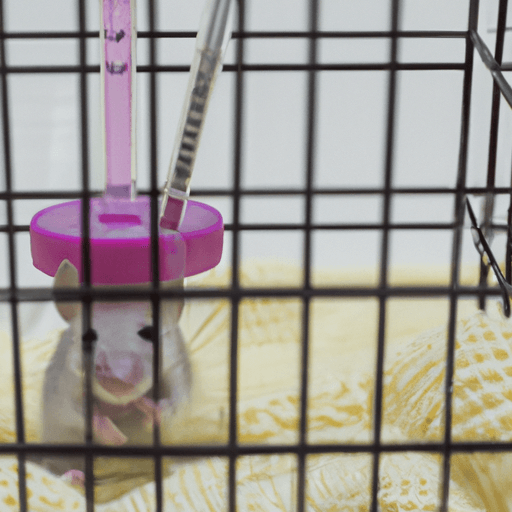Exploring the Pros and Cons of Animal Testing
Animal testing has been used for centuries to advance medical knowledge and develop treatments for diseases. Although animal testing has helped to develop treatments for various conditions, it has raised many ethical questions. In this article, we will explore the pros and cons of animal testing, consider the ethical implications of conducting medical research on animals, and examine the potential for alternative methods of research.
Pros of Animal Testing
Animal testing has helped to develop treatments for many diseases and has been essential in the development of vaccines and other medical advances. Animal testing is also a cost-effective and efficient method of researching new drugs and treatments, as it is faster and cheaper than using human subjects. Animal testing also allows researchers to study the effects of drugs and treatments on a living organism, which can provide valuable insights into the safety and efficacy of a treatment.
Cons of Animal Testing
The most significant argument against animal testing is the potential for animal suffering. Animals used in research are often subjected to painful and invasive procedures, and are kept in confined and unnatural conditions. This raises ethical questions about the morality of using animals in medical research. Additionally, animal testing may not accurately reflect the effects of a treatment on humans, as animals and humans can react differently to drugs.
Ethical Implications of Animal Testing
Animal testing raises numerous ethical questions, as researchers are using animals as experimental subjects. Many argue that it is morally wrong to subject animals to pain and suffering in the pursuit of medical knowledge. There is also the potential for animal rights violations, as animals used in research may be subjected to inhumane conditions and mistreatment.
Alternative Methods of Research
There are several alternative methods of research that do not involve the use of live animals. These include in-vitro testing, computer models, and simulations. In-vitro testing uses cell cultures to study the effects of drugs on living cells, while computer models and simulations can be used to simulate the effects of treatments on biological systems. These alternative methods can provide valuable insights into the safety and efficacy of drugs and treatments without the need for animal testing.
Current Regulations Around Animal Testing
Currently, animal testing is regulated by national and international laws, such as the Animal Welfare Act in the US and the European Convention for the Protection of Vertebrate Animals in the EU. These regulations aim to ensure that animals used in research are treated humanely and are not subjected to unnecessary suffering. Additionally, the use of animals in research must be approved by an ethics committee, which must be satisfied that the benefits of the research outweigh any potential harm to the animals.
Conclusion
In conclusion, animal testing has been essential in the development of treatments for many diseases. However, it also raises ethical concerns due to the potential for animal suffering. Alternative methods of research are available that do not involve the use of live animals, and current regulations aim to ensure that animals used in research are treated humanely. The debate around animal testing will likely continue, and it is important to consider the ethical implications and potential gains in medical knowledge when making decisions about the practice.





















Comments
Leave a Comment